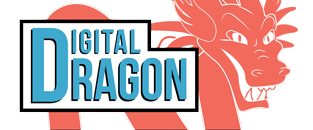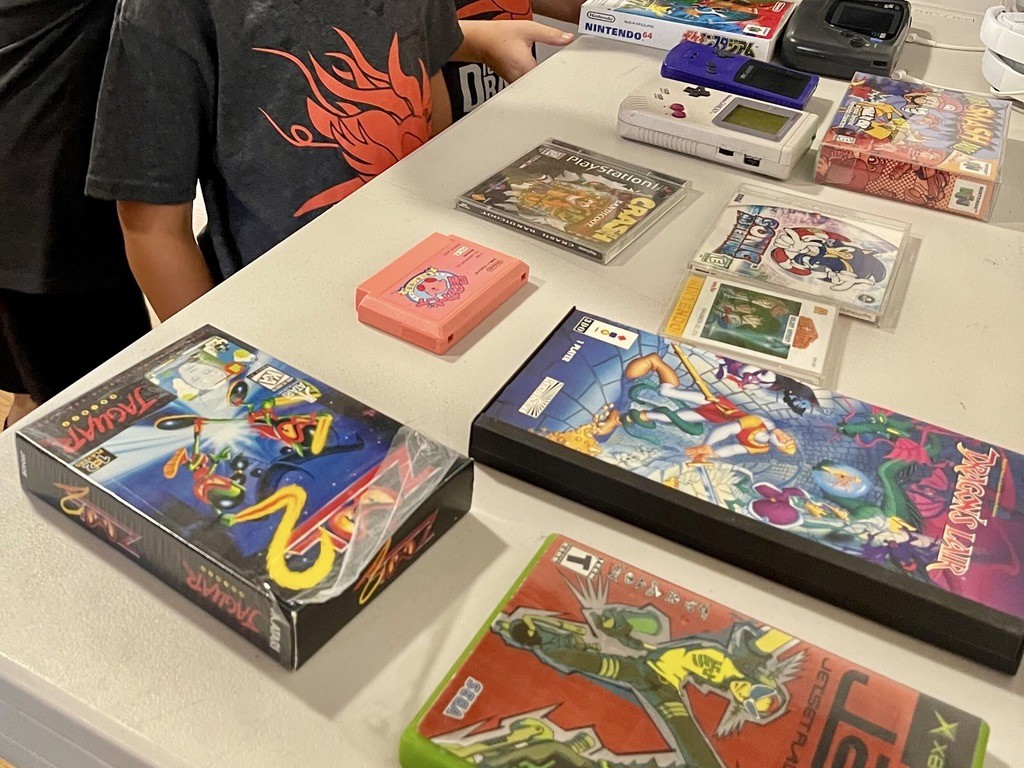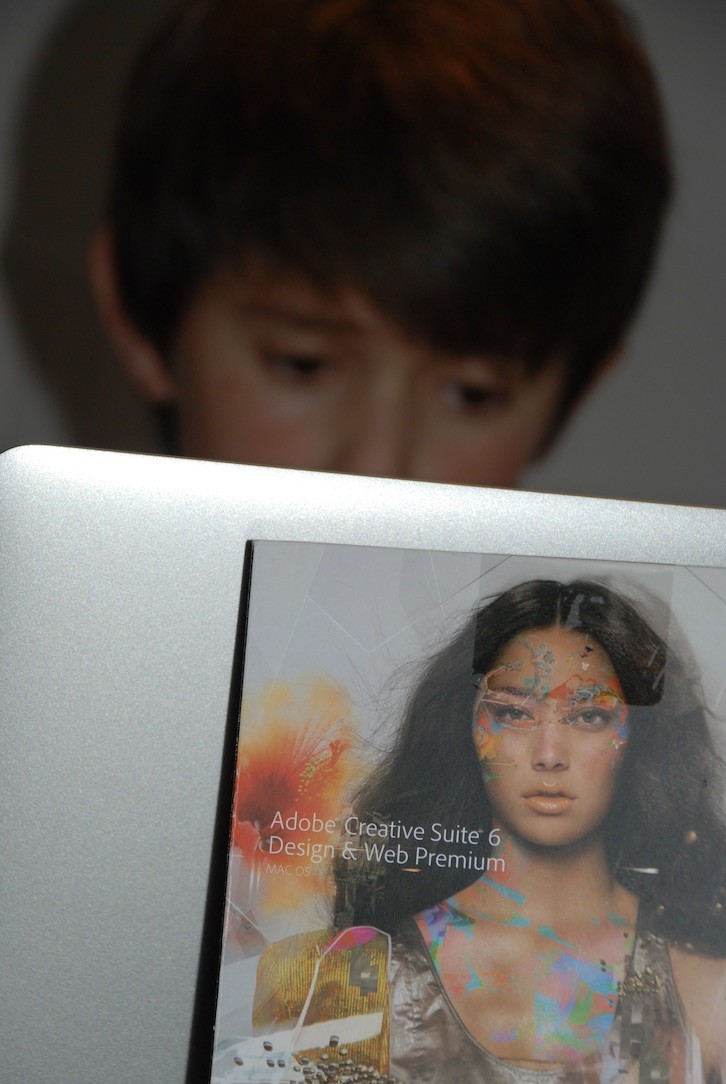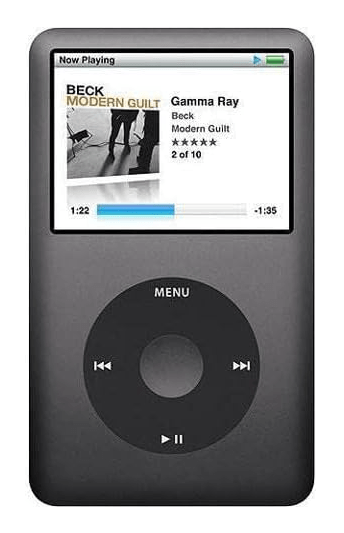Should you hold onto your DVD’s, CD’s, and Video Games?
What is the future of your media – should you still be in the Cloud?
Was that the sound of fireworks? Is it already July? As we look forward to all the festivities around July, this month, let’s take a closer look at our digital freedom. Prior to the age of the Cloud, when you purchased an album, movie, game, license, or software package, usually that version was yours in perpetuity – with all the limitations and bugs, but none-the-less, yours forever (or as long as whatever device used to read the content was alive).
So what are some of the trends and practices that we see in the current day? Let’s first start with how we consume content. The concept of a subscription service is nothing new, but what we get from it is. For example, if we subscribe to a music streaming service, we’re presented with more options than we could ever listen to in our entire lives, yet our “collection” doesn’t exist outside of that subscription, which can be terminated or expire alongside the service itself. In the gaming realm, in interactive media news, Microsoft has just announced a new console in their Xbox Series X line up that is digital only, meaning no physical media. This also means that access and support of the title we love ever so much can simply be revoked at any point in time based on the probable profitability of said title. This same model applies to movie / show streaming services. If you do end up walking away from a service, you’re left with nothing.
While that’s that and may be easier to digest, how do these models affect the creative side of things? The elephant in the room is definitely Adobe. If you haven’t heard, in the terms and conditions to what is more or less the industry standard creative suite, the files you create can be used by Adobe to train their generative AI platform. They use your work to in turn create AI stock photos, etc. To parse that out, the process is to leverage human creativity and then generate images based on that creativity to sell on a market place – all while you’re paying for a license.
So what can be done about this? For the time being there are still physical copies of media readily available and we’ve seen an upward trend in physical collections (even in the form of hard drives å la OG iPod). On the creative front, fortunately, the open source community is a quite crafty one. There are and will also hopefully be free and open source alternatives to the mainstream and these tools (sometimes through the assistance of AI) have become more and more popular.
TLDR; The age of the Cloud is upon us and while the options are virtually endless, what we actually own and have access to is almost nonexistent. Furthermore, platforms are flooding themselves with AI generated content that is influenced by human creators. In order to protect our digital freedom, we must look to new policies and practices, which can be inspired by the open source community.
About the Author:
John Balash was instrumental in Digital Dragon’s launch in 2013 as its first Curriculum Director and is now back in the fold as a consultant on all the latest and greatest in tech education.This is John’s latest contribution to a monthly blog series we’ve launched, Tech News from the Frontier. John is the Director of Educational Engagement at Carnegie Mellon University’s Entertainment Technology Center. John has worked on educationally-focused initiatives with clients ranging from D.A.R.P.A. to Disney. Working from both sides of the desk, you can find John in classrooms and conferences around the world exploring new uses for technologies in learning environments.




